Genetic dissection of Hessian fly resistance in bread wheat (Triticum aestivum L.) using genome-wide association study in Morocco

Authors:
Hessian fly (HF), Mayetiola destructor (Say), is an important wheat insect pest that annually results in significant production losses. In Morocco, this insect reduces wheat yields by 32–36 % during drought years. The purpose of the current study is to identify the genomic region, marker-trait associations (MTAs), and putative genes associated with the trait of hessian fly resistance in 210 bread wheat (Triticum aestivum L.) genotypes from the International Center for Agricultural Research in Dry Areas (ICARDA). The screening was carried out in the growth chamber using the Hessian fly Mayetiola destructor (Say) populations collected from the Chaouia Ouardigha region in Morocco. The 210 genotypes tested showed various degrees of resistance to the Hessian fly, with eighty-six accessions showing high levels of resistance. The HF severity ranged from 0 to 100 %, whereas the coefficient of variance (CV) was recorded at 84.15 %. Genome-wide association studies (GWAS) using a mixed linear model (MLM) identified 20 significant MTAs at P < 0.001 associated with Hessian fly resistance. The highest number of MTA (10) was recorded in the A sub-genome, followed by 9 MTAs in the B genome. The highest significant marker is AX-95143016 which is located on chromosome 3B with a -Log10(p) of 10.23. After mapping the 20 significant markers associated with Hessian fly resistance, there were 12 potential candidate genes found. This study identified highly resistant genotypes and significant markers that could be used in future wheat breeding programs.
